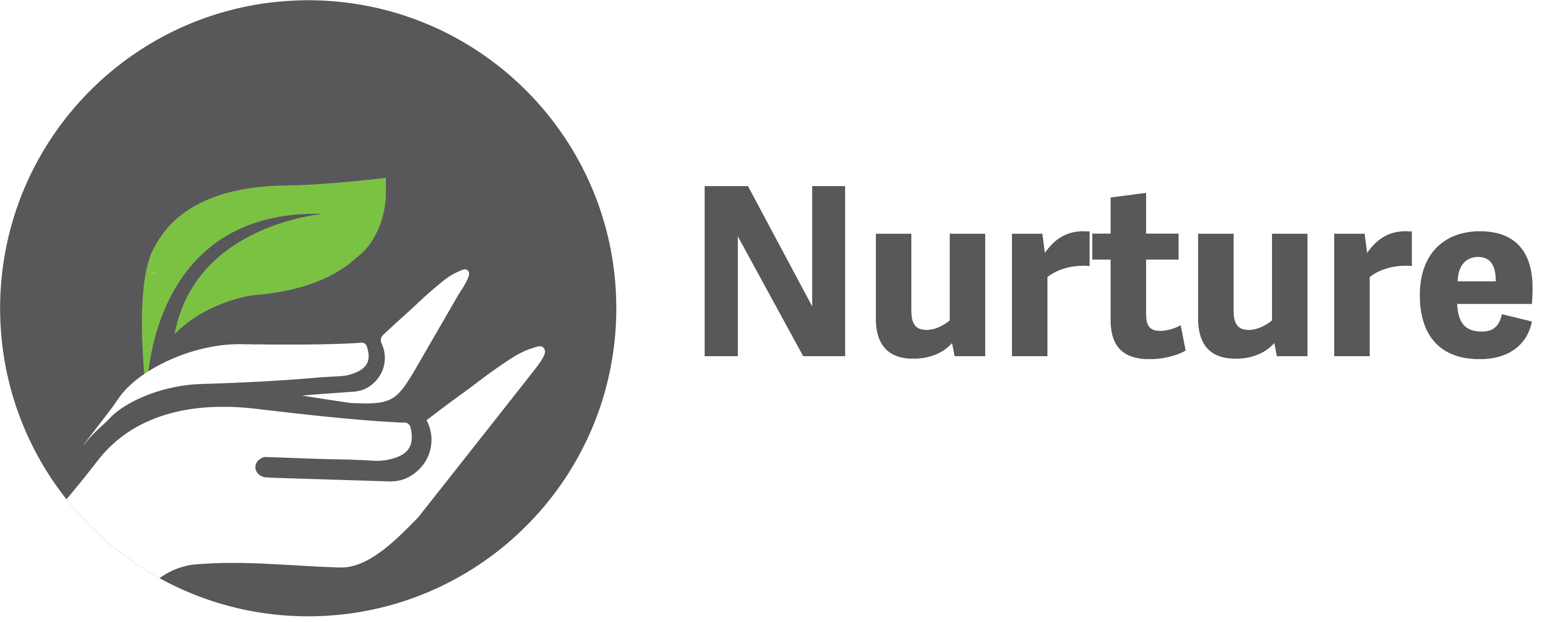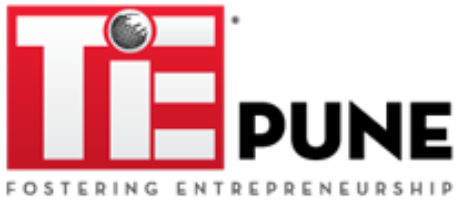
EDITION 11
Friday
July 23, 2021
Making Presentations Work For You
Think back to the number of presentations you have seen. As a student, or at work. And how many of those do you remember? Now let’s talk numbers. In a day, 500 million users make 35 million PowerPoint presentations. Which works out to about 25,000 presentations per minute!
But it’s not the numbers that make the presentations forgettable. It’s about what you say and how you say it. Like any seller, you have to bear in mind what your customer, in this case your audience, wants. And how they want to consume your information. Most of us make the mistake of putting all our gyan into our presentations. Mistake. Give your audience what they need to know and not vice versa.
As an entrepreneur you will make many presentations, and Jitendra Tanna, founder Eternus Solutions, and TiE Mentor shares some insights into the art of making great presentations.

Jitendra Tanna
“What you say is most important. Your content should be clear (obviously) simple, consistent and progressive. Don’t confuse your audience. Remember, you are talking to human beings, so a good way to connect with them is to tell stories that touch all the five senses, if you can. Think of ways how you can involve the sense of touch, feel, smell, sound and taste.”
Now to the structure of your presentation. You have to start with what is your aim of making a presentation. Are you talking to a possible client, an investor? What do you aim to achieve? What is the reason you are making this presentation? Once your aim is clear, then you get into the mechanics. – what will be your opening, how will you organize your content, design your closing, and most important, keep it simple.
There are two ways to look at the design. You can either put the conclusion first, or reveal it at the end. If you reveal it first, then you will give them an idea of the big picture, and allow you to repeat the important points through the presentation. If you choose the second approach, then it will obviously hold the attention of the audience because of the mystery, and it lets them come to a conclusion themselves.
Just like screenplay writers who have to put out their story in a sentence, it helps to remember this line “I want < who> to know because at ”. Basically, you need to get a clear understanding of what you want to say to whom and why. Then come the mechanics of how will you do it, audio, video, whiteboard etc, when and where.
The other aspect is time allocation. “The opening should take 5% of your time, the middle 75%, closing 5% and another 15% for Q & A. Says Jitendra, “the beginning should be carefully designed. It should have either some humour, shock, or questions for your audience. It should grab their attention. And just as the start is important, so is the end. It should highlight the important points and suggest action.”
While handling questions, always, pause before you respond; don’t get confused; anticipate and be prepared with answers. Use disclaimers like ‘in my opinion’, remember you are not expected to know everything.
Avoid at all costs:
Spelling mistakes
Bullet points at the right instead of the left
Keep background of your slide aesthetic and in sync with the text
Avoid using font colours that make reading hard, like white on yellow, blue and red and so on.
Fonts:
Stay away from gimmicky fonts
Sans Serif fonts are advisable (such as Arial, Tahoma, Verdana)
Keep font size consistent
Avoid all caps
Title should ideally be 32 to 44 font size
Avoid text overload
Be consistent throughout the presentation
Remember your audience is there to listen, not read
And most important of all, you are selling them your idea, service, product. So let your presentation make that pitch for you.
TiE Nurture:
Worldwide, the success rate for start-ups is 10%. But at TiE Pune’s Nurture Accelerator program it is 39%. While our numbers tell their own story, we showcase here our mentees who tell how TiE helped their business.


Abhiram Joshi
Abhiram Joshi, director, Aespaes Lab Pvt. Ltd. and mentee gives his feedback on our program:
What does your company do?
Aespaes Lab Pvt. Ltd., is a global content creator house offering a wide range of Augmented/Virtual reality, touch, and play-based immersive interactive 360-degree experiential solutions. Aespaes is your innovative partner, offering AR & VR services that focus on boosting users’ journey from information to insight. These experiential media solutions result in cost effectivity boosting productivity, and impactful collateral performance.
We cherish:
- Collaboration with world-renowned Artificial Intelligence company, Findability Sciences (Boston, USA)
- Association with Worcester Polytechnic Institute, USA
- Offering experiential media solutions to the Department of Higher Education, Government of Haryana, India
- Collaboration with five times recipient of ICC Umpire of the Year Award, former Australian cricket umpire Simon Taufel
- Association with the National Institute of Technical Teachers Training and Research Association, India
- Serving eminent corporate brands such as Mahindra, Kirloskar, Dupont, ICICI, HDFC, etc.,
What made you join this program?
We were encouraged by our business mentor, Vishwas Mahajan, about the Nurture programme. Under his guidance, we applied and appeared for rounds of interviews. We were extremely elated to be a part of this programme.
How has the Nurture Accelerator program helped you?
Certainly, this programme has widened our understanding of start-up functions. All the mentors and expert speakers shared their wisdom and insights gathered over years of experience and connected heart-to-heart with budding start-ups. Through several assignments and exercises of peer learning activities, the fundamentals were imbibed in the best possible manner.
What were the three most important learnings?
- Business model building – Re-building
- Negotiation skills
- Importance of networking
What’s your message to other founders?
Business emergencies happen, and we tend to miss certain sessions or complete certain assignments in haste; I have realized that one should avoid that mistake. We should plan our schedule so that we can give Nurture and mentor sessions the topmost priority.
Contact us if you have a story to tell: rashmi.ghosh@tiepune.org

